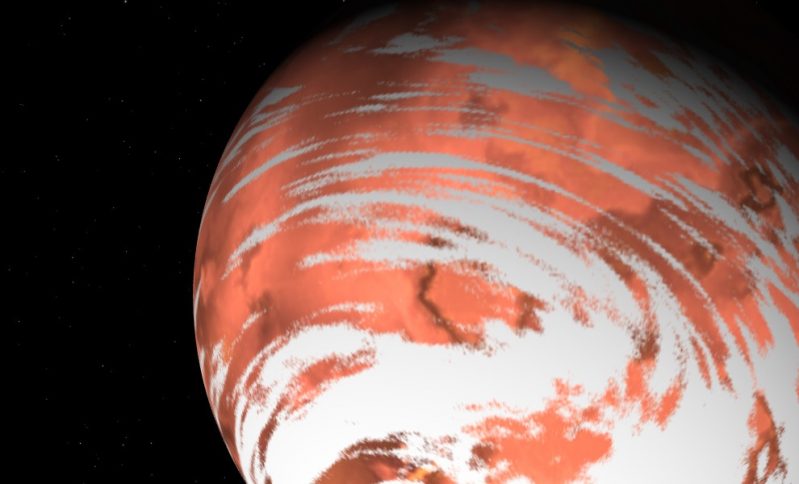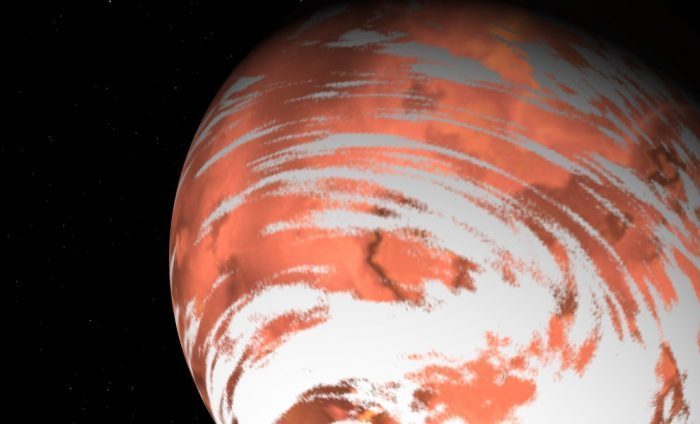NASA Has Discovered the ‘Ocean Planet’ Where 1 Year Is 11 Days!

© NASA
Do you think a year on Earth is way too short? Well, this Ocean Planet only has 11 days in a year!
Sounds like a concept straight out of a science fiction novel, right? Well, NASA has made a groundbreaking discovery that surpasses even the wildest imaginations of space enthusiasts.
But, how could such a place exist, and what could it mean for the future of space exploration?
NASA’s ‘Ocean Planet’ With 11 Days in a Year
NASA has announced the discovery of TOI-1452, “Ocean Planet” located 100 light years away. This massive planet, nearly five times the mass of Earth, orbits its star in just over 11 days, in stark contrast to Earth’s 365-day orbit.
Astronomers from Université de Montréal, using NASA’s TESS satellite, discovered TOI-1452 orbiting a binary star system in Draco. This finding has intrigued the scientific community due to its unique characteristics.
What Is TOI-1452?
TOI-1452 is intriguing astronomers as a potential ‘ocean planet,’ similar to certain moons of Jupiter and Saturn, hinting at a significant water layer on its surface. Its rapid orbit around the star adds complexity, showcasing the diverse nature of exoplanetary systems.

The discovery of TOI-1452 showcases astronomers’ expertise in exoplanet detection and innovative techniques. It expands our understanding of planetary systems and opens doors to exploring new frontiers in the universe.
What Are Exoplanets?
An exoplanet is a planet located outside our solar system, typically orbiting other stars, though some exist as rogue planets without a parent star. Over 5,600 exoplanets have been confirmed out of the billions believed to exist.
Most discovered exoplanets are located within a limited area of the Milky Way galaxy, spanning thousands of light-years from our solar system. The closest known exoplanet, Proxima Centauri b, is approximately 4 light-years away. It’s understood that there are more planets than stars throughout the galaxy.

Through measurements of exoplanet sizes and masses, scientists have identified a wide range of compositions, from rocky planets similar to Earth and Venus to gas-rich planets like Jupiter and Saturn. Some exoplanets are dominated by water or ice, while others have compositions rich in iron or carbon. Researchers have discovered diverse planetary types, including lava worlds with molten seas, low-density planets akin to Styrofoam, and dense planetary cores orbiting their stars.
What Does This Discovery Mean for the Future?
Scientists are now focused on determining if TOI-1452 could support life, a question requiring extensive scientific observation. NASA’s James Webb telescope will play a crucial role in gathering more information about the planet, potentially drawing comparisons to familiar cinematic scenarios as our understanding grows.
Would you ever live on the “Ocean Planet” even though the year is only 11 days?
You might also want to read: One Day on Venus Lasts Longer Than One Year! But, How?


